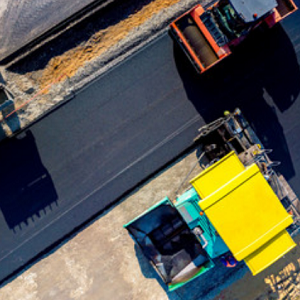Bus travelers in Cork were the first passengers to ride a ‘green bus’ in Ireland on March 25. With zero carbon emissions, this biomethane vehicle is a viable alternative for Ireland’s public bus fleet, and the bus has been part of national trials looking at its performance, air quality impacts and CO2 emissions, among other criteria. “Energy Cork has been advocating the benefits of adopting CNG and biomethane for our public bus fleet in Cork for a number of years, so we are delighted to be making a journey on Ireland’s first zero carbon emissions bus,” said Michelle O’Sullivan, Energy Cork spokesperson and Cork Chamber Public Affairs Senior Executive.
“Never has the demand for public transport been greater in Cork with the city centre expecting an additional 10,000 jobs in the next 5 years. We have the opportunity now to shape how we grow and be proactive in adopting technologies that work for the city and which protect our environment and air quality. This technology is tried and tested with examples of biomethane bus fleets in Stockholm, Lille and Nottingham to name just a few cities. We are very keen to see this technology supported by the National Transport Authority and hope to see these buses rolled out in Cork in the not too distant future,” she added.
Faced with EU deadlines to reduce harmful greenhouse gases, and following Budget 2018, Ireland will no longer be able to purchase diesel buses for public transport as of July 1 2019. The Department of Transport, Tourism & Sport has been carrying out technology trials of hybrid diesel, fully electric, electric hybrid, CNG and biomethane buses in Cork and Dublin in recent months to review performance. The buses have been traveling key routes in the urban bus transport network, but have been weighted rather than carrying passengers so this recent operation represents a landmark in Ireland’s move to a greener public transport system.
The first passenger bus journey of its kind in Ireland picks up from Lapps Quay in Cork city and travels to the SFI (Science Foundation Ireland) funded Centre for Marine and Renewable Energy (MaREI) in Ringaskiddy where passengers have the opportunity to gain insights from leading gas and algal biofuels researcher Professor Jerry D. Murphy on the research and focus of the work ongoing.
Dónal Kissane, Commercial Manager, Gas Networks Ireland said, “We are delighted to welcome members of Cork Chamber, Energy Cork and MaREI/UCC to take part in Ireland’s first carbon neutral bus journey. Unlike the diesel buses currently in operation, this bus runs on renewable gas, and its journey will have a zero carbon emissions footprint. We believe that the future of public transport in Ireland will be based on renewable gas, using waste from the agriculture and food industry.”
Source: Gas Networks Ireland















